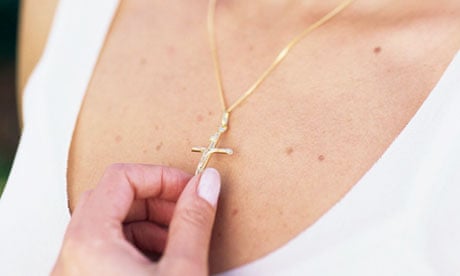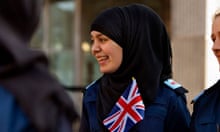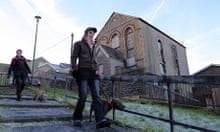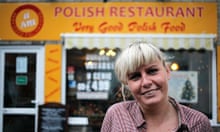The immigrant population of England and Wales increased by 2.9m in the decade to 2011, bringing the number of people born abroad close to one in eight, according to census results. The census also revealed a fall of more than 4 million in the number of people who describe themselves as Christians.
India, Poland and Pakistan were the top three countries from where foreign-born people had arrived since 2001, the Office for National Statistics (ONS) said. The biggest rise was from Poland.
Poland showed the largest percentage increase in the top 10 countries of birth, with a nine-fold increase over the last decade following its accession to the European Union in 2004. Around half of the residents of England and Wales who were born outside the UK last arrived in the UK between 2001 and 2011. The largest increase in non-UK born population was in London, where over a third of residents were born abroad and almost a quarter were not British nationals.
However the ONS's use of the term 'foreign-born' does not give a full picture of the changing nature of British citizenship, as it counts people born abroad who have been here for more than 12 months as foreigners for the rest of their lives. About 60% of foreign-born residents become British citizens within five years of arrival. The figure also includes an estimated 300,000 overseas students as well as a significant minority of Britons who were born overseas, including around 250,000 children who were born when their parents were serving abroad in the armed forces.
People who identified themselves as Muslim in 2011 numbered 2.7 million, up from 1.55 million in 2001. Muslims now make up 5% of the population, compared with 3% in 2001. The change came as the number of Christians of all denominations fell 12% – a drop of 4.1 million.
The London borough of Tower Hamlets was the least Christian, while Knowsley, Merseyside, was the most.
There was a sharp rise in the number of people who said they were not religious, with 14 million putting themselves in that category, up 6.4 million over the decade. The student enclaves of Brighton and Norwich had the highest proportion of non-believers, with more than 40% of residents saying they had no religious affiliation of any kind.
"Today we are painting a picture of our society, where we are born, our ethnicity, our religion, our health and much, much more," said Guy Goodwin, census director at the ONS. "The release is giving a picture of big change since 2011 and a population that is increasingly diverse."
The overall population of England and Wales when the census was taken on 27 March 2011 was 56.1 million, an increase of 3.7 million (7%) since 2001. Of that growth, 55% was due to migration, the rest was due to more births than deaths, the ONS said.
"What is your main language?" was a new question for 2011. In 91% of households everyone spoke English, while in 1% of households no adult spoke English but at least one child did. In 4% of households no one spoke English as the main language.
Mixed-ethnicity Britain is a growing trend. Two million households, or 12%, in England and Wales said they had members who were of different ethnic groups, three percentage points more than in 2001.
On housing, the proportion of mortgage holders was down six percentage points, while the proportion owning outright was up two percentage points. This may be down to the ageing population.
The number of people renting privately went up from 9% in 2001 to 15% in 2011.







Comments (…)
Sign in or create your Guardian account to join the discussion